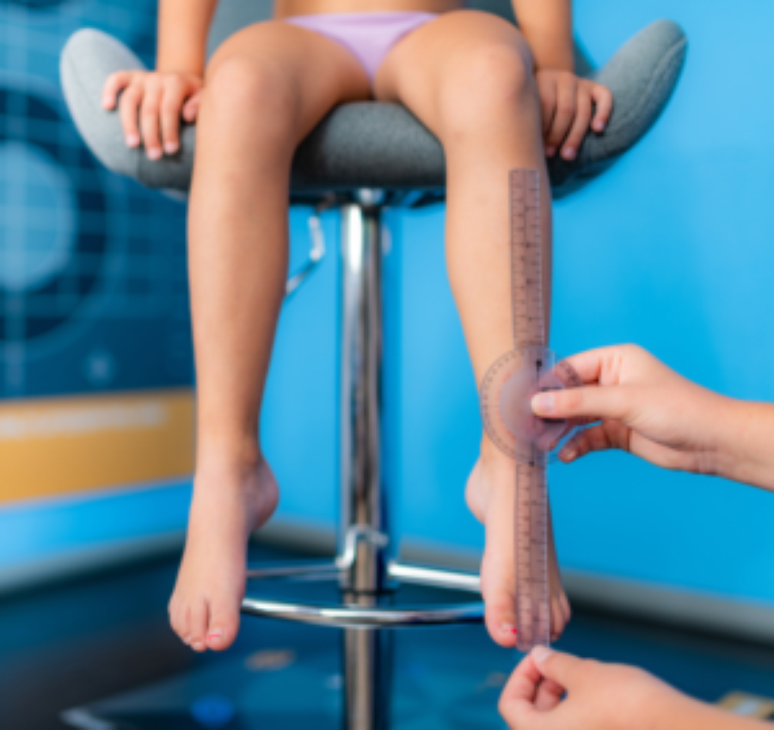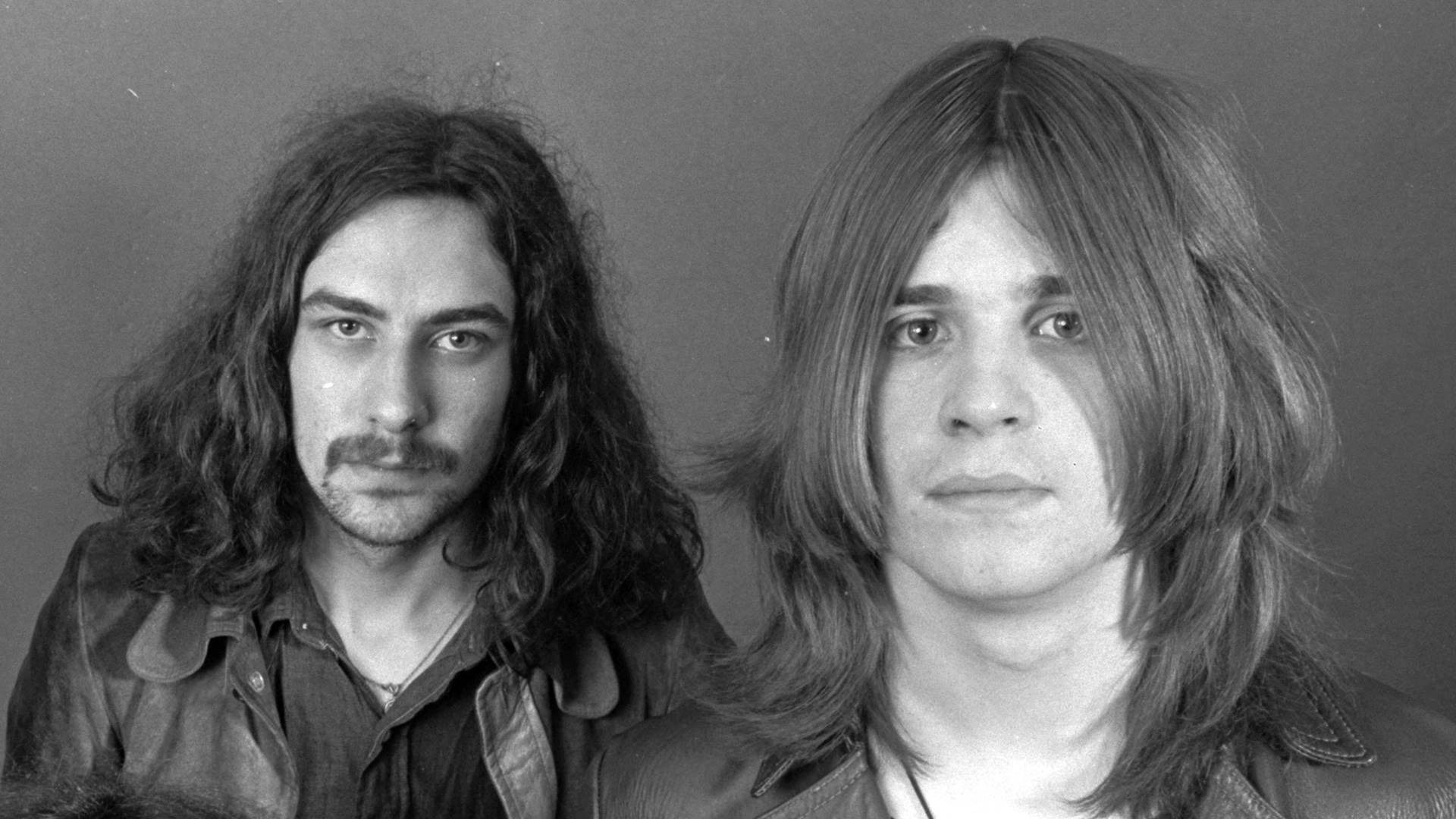Often in childhood it is common to hear the phrase “this is growing pain” when children complain of discomfort in the leg area, especially below the knees. The term, already popularized, is not wrong. pain […]
Often in childhood it is common to hear the phrase “this is growing pain” when children complain of discomfort in the leg area, especially below the knees. The term, already popularized, is not wrong. Growing pain exists and affects between 10% and 20% of children, usually appearing after physical activity or during the night, focusing on the front of the leg, back of the knee, calf and thighs. In this article, Dr. Giovanna Bertucci will help us better understand growing pains and how they affect children. Keep reading!
What are growing pains?
Despite the name, growing pains have no scientific relationship to the physical growth phase itself. According to the Brazilian Society of Pediatrics (SBP), the term is used to differentiate this discomfort experienced by children from other diseases that may have similar symptoms. That is, growing pains is a term used to describe the sensation some children experience in their legs while they are growing up, mainly affecting children between the ages of 3 and 12. However, pain can affect people as young as 18. Dr. Giovanna Bertucci explains that growing pains are not a disease and are not even intense.
“Although they are called ‘pain’, in most cases these symptoms manifest themselves as an uncomfortable, pulling or throbbing sensation in the legs, and can be relieved with massage, stretching and simple painkillers. Growing pain is not a disease and of course It usually doesn’t pose a major health problem for the child, but it’s always advisable to see a doctor if you have any concerns or more intense symptoms,” she says.
Thus, growing pains are common, within a tolerable level, in children on busy days with exercise or after long hours of play. For these reasons, the pains usually appear at night when the child’s body is already more relaxed to sleep. Pain rarely occurs in the middle of the night and may wake the child up due to the discomfort experienced.
What are your causes?
Within medicine, it is unknown exactly what causes growing pains, as there is no standard for it to manifest itself, much less be a disease. However, there are some factors that increase the risk of growing pains in children, including:
- Age (usually between 3 and 12 years);
- family history;
- Extreme physical activity;
- Growth spurts (times when the child grows fastest).
Remembering that growing pains occur in the lower limbs and are usually intermittent, appearing at night or in the afternoon, but disappearing in the morning. Although there is no specific cause for growing pains, there are hypotheses that relate the onset of pain to excessive use of muscles during the day. In this sense it can arise as a response to the muscular demand of children when they practice activities such as running, jumping, long walks or climbing. Therefore, the onset of pain occurs because children’s muscles are less prepared to withstand intense activity. It is also common for the parents or one of them to have had a similar condition in childhood, a factor that can influence their children’s growing pains.
html[data-range=”xlarge”] figure image img.img-edc1603f13505aabbff35ef3b2c4e97frns0cl7l { width: 774px; height: 730px; }HTML[data-range=”large”] figure image img.img-edc1603f13505aabbff35ef3b2c4e97frns0cl7l { width: 548px; height: 517px; }HTML[data-range=”small”] figure figure img.img-edc1603f13505aabbff35ef3b2c4e97frns0cl7l, html[data-range=”medium”] figure image img.img-edc1603f13505aabbff35ef3b2c4e97frns0cl7l { width: 564px; height: 532px; }
What are the main symptoms?
Growing pains occur in the thighs, calves, shins, and behind the knees. There are rare cases where even children experience discomfort in their arms. However, the main symptoms that appear are:
- Severe pain in the legs;
- Pain during the end of the day and at night;
- Pain that interferes with daily activities
- Sensitivity or redness in the affected region;
- Pain in the leg joints;
- Swelling in the affected region;
- Difficulty walking or running.
When you notice symptoms, you should seek medical attention so that they can analyze your child’s condition and check whether the signs are related to some other disease. In addition to the symptoms mentioned, growing pains have their own characteristics, such as:
Position
As already mentioned, growing pains appear in specific places, being more common in the lower body, especially in the knees. Remember: In rare cases, the child may also feel discomfort in the arms at the same time as the sensation in the legs.
Intensity
The increasing pain tends to be mild to moderate, varying in intensity from case to case. Therefore, it is important to be aware of more intense pain, which may be related to other diseases.
time of occurrence
Evenings or late afternoons are the times when growing pains strike children. The discomfort can last for a few minutes or a few hours.
Frequency
The pain may be intermittent, occurring in sporadic episodes over a variable period of time. Although symptoms present similarly in children, Dr. Giovanna stresses the importance of analyzing cases unambiguously:
“Every child can have different symptoms, and the pain can vary in intensity and location.”
Therefore, it is also important that the child be consulted by a pediatrician who can indicate the use of medication or physiotherapy to relieve the discomfort.
How to relieve growing pains?
To ease the discomfort of growing pains, parents should try to accommodate their children by massaging the painful regions to relieve the pressure of the discomfort. In the most extreme cases, the use of analgesics is recommended to improve the child’s situation. In this context, Dr. Giovanna brings some indications to relieve growing pains, including:
- Massage: massage baby’s legs to help relax muscles and relieve pain;
- Elongation: Stretching before bed can help prevent growing pains.
- Hot baths: taking a warm bath before bed can help relax muscles and reduce pain;
- Simple analgesics: the use of pain relievers such as acetaminophen or ibuprofen can help relieve pain;
- Heat application: placing a hot water bottle or warm compress on the sore area can help reduce pain;
- Reduction of intense activities: If physical activity is the cause of the pain, it is important to reduce the intensity of the child’s activities.
However, while exercise reduction is recommended, it should be noted that the child should not suspend all physical activity due to growing pains. Ideally, your child should stay active, but not overdo it.
How not to confuse growing pains with more serious problems?
Growing pain is a diagnosis used to rule out more serious health problems that can affect children. For the same reason, it is important to be able to distinguish when you feel growing pains and when there may be a more serious problem behind the discomforts you experience. But how to know? The most important thing is to be aware of the signs presented by the child and always seek a doctor to have a concrete diagnosis. For example, when growing pains occur, they usually affect both legs of the child. If your child experiences very intense pain in only one of their legs, it is essential to take them to the doctor so that the case can be investigated.
“There are no tests that accurately diagnose growing pains, this is what we call a diagnosis of exclusion. Through imaging and laboratory tests, rheumatological, hematological, oncological, for example, they are excluded. Other causes of the pain found are not excluded. , turns out to be the pain of growing up”
, explains Dr. Joanna. Once the diagnosis of growing pains is confirmed, there is no need to worry. Therefore, there is no reason to fear the possibility that the child has a serious illness. It is a common pain and goes away with time.
*Dr. Giovanna Bertucci Moreira is an orthopedist trained at the José do Rosário Vellano University, UNIFENAS. Specialization in Pediatric Orthopedics and Neuromuscular Specialization at Santa Casa de Misericórdia de São Paulo.
Source: Terra
Ben Stock is a lifestyle journalist and author at Gossipify. He writes about topics such as health, wellness, travel, food and home decor. He provides practical advice and inspiration to improve well-being, keeps readers up to date with latest lifestyle news and trends, known for his engaging writing style, in-depth analysis and unique perspectives.








